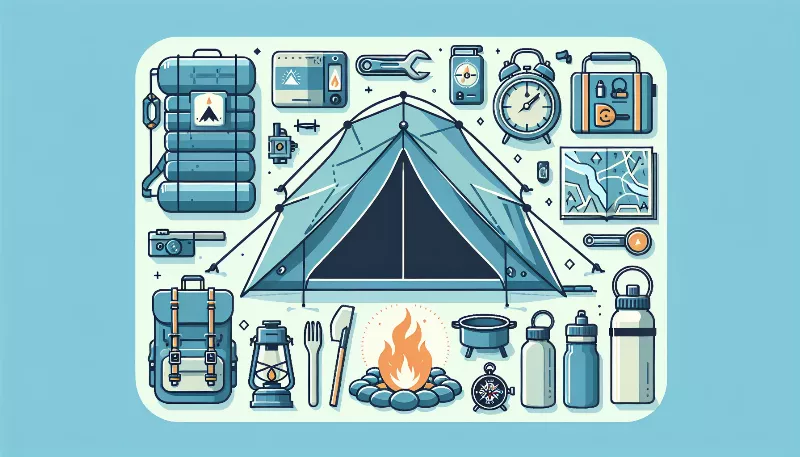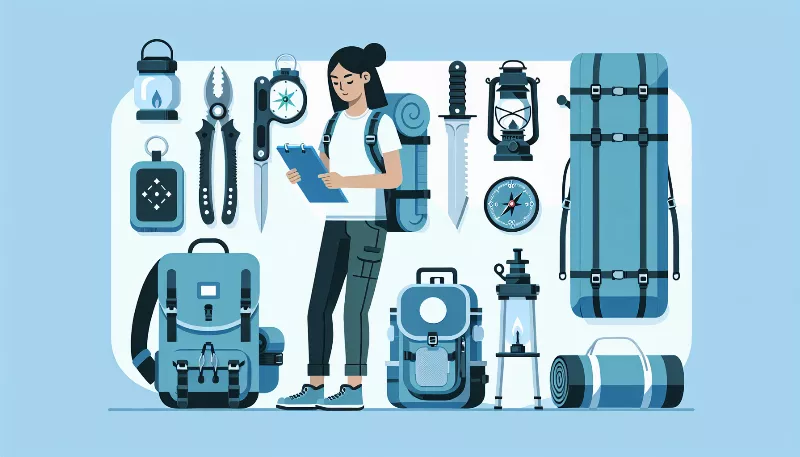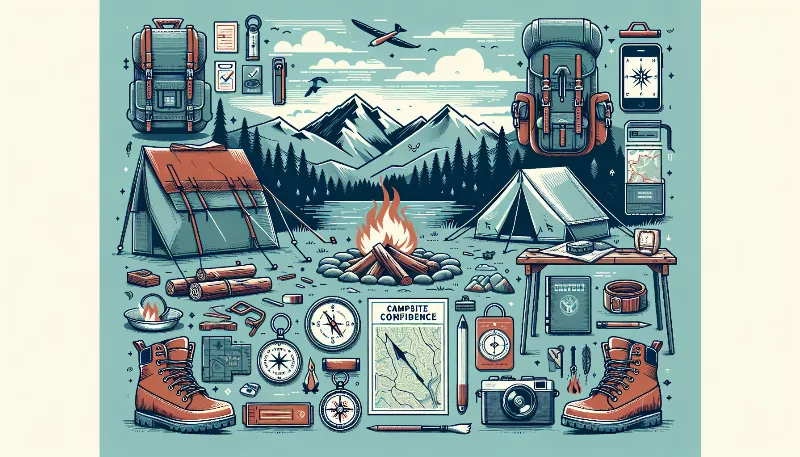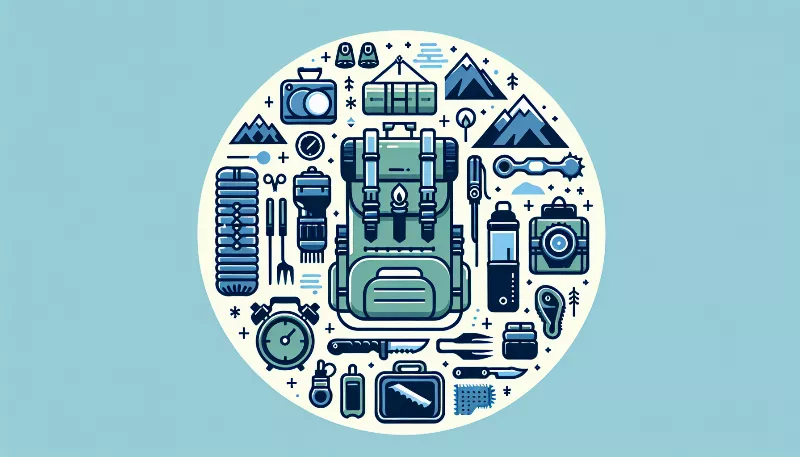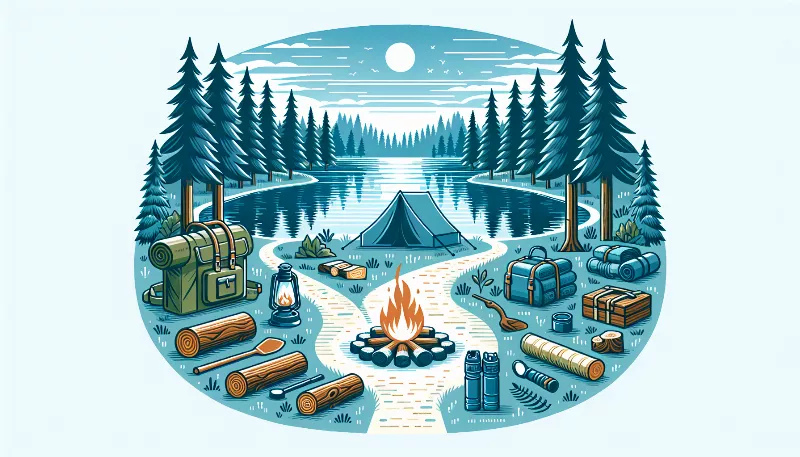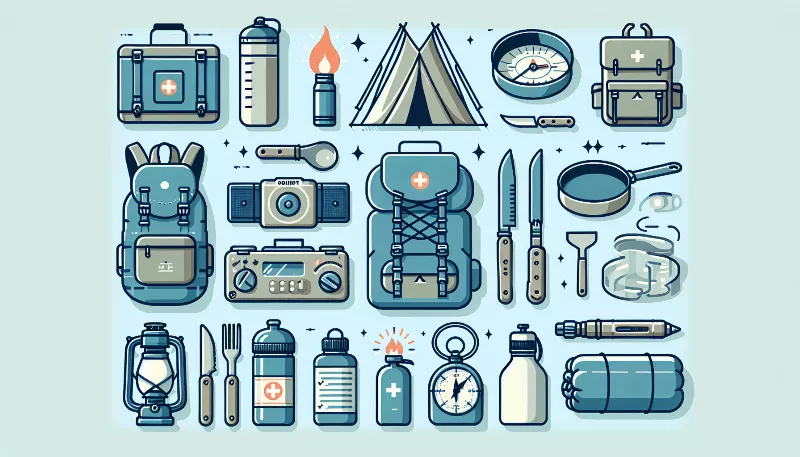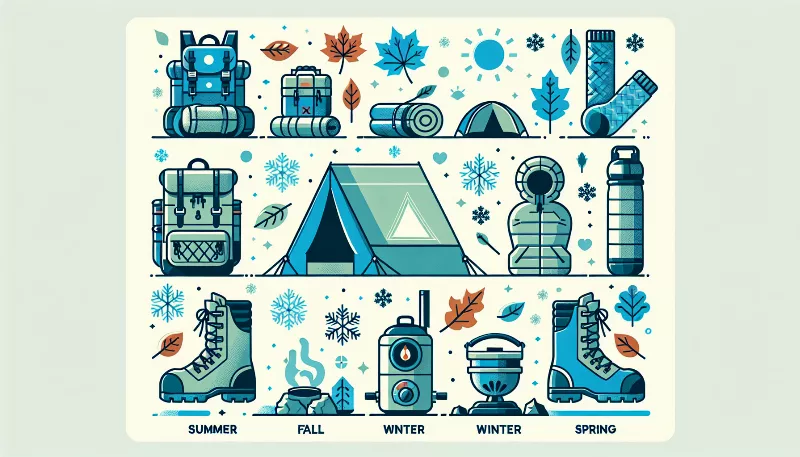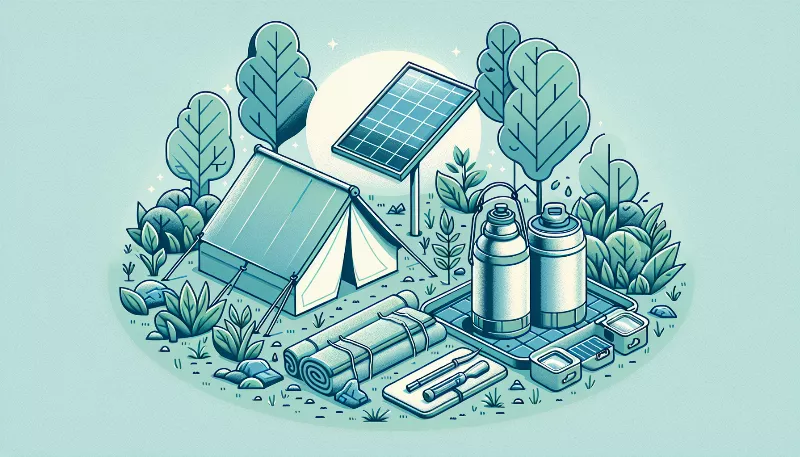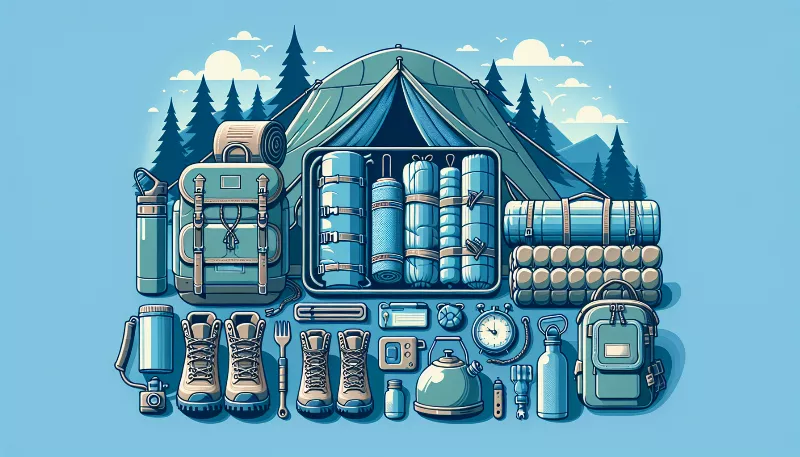What are some common mistakes to avoid when packing camping gear?
Discover the top packing blunders campers make and learn how to avoid them for a hassle-free outdoor adventure. Pack smart, camp better!
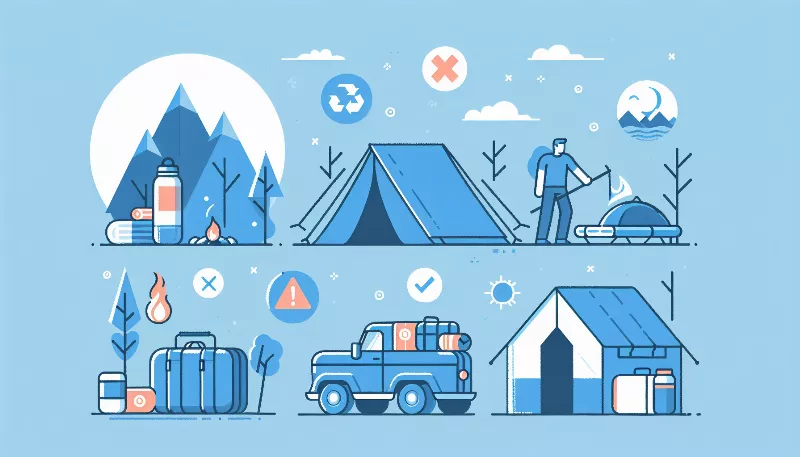
Overpacking: The Burden of Excess
One of the most common pitfalls when preparing for a camping trip is the tendency to overpack. It's understandable to want to be prepared for every scenario, but lugging around a heavy backpack can quickly dampen your outdoor adventure. Overpacking not only makes transportation more difficult but also complicates setting up and breaking down camp. To avoid this, make a checklist of essential items and stick to it. Remember, the goal is to enjoy nature without carrying your entire home on your back!
Forgetting the Essentials: A Recipe for Discomfort
While overpacking is a no-no, leaving behind crucial gear can turn your camping experience into a survival challenge. Items like a first-aid kit, appropriate clothing for the weather, reliable shelter, a map and compass, or a GPS device, and sufficient food and water are non-negotiable. Double-check your list before heading out to ensure you have all the necessities for safety, comfort, and sustenance.
Poor Weight Distribution: A Balancing Act
How you pack your gear is just as important as what you pack. Incorrect weight distribution in your backpack can lead to back pain and fatigue, which is the last thing you need on a nature getaway. Heavier items should be placed closer to your back and centered between your shoulder blades. This helps maintain your center of gravity and makes carrying the load more manageable. Lighter items can fill the remaining space, with frequently used items easily accessible from side pockets or the top of your pack.
Ignoring the Weather: Nature's Unpredictable Twists
Always check the weather forecast before you embark on your camping journey. Failing to do so can leave you unprepared for rain, cold, or even extreme heat. Waterproof gear, extra layers for warmth, and breathable fabrics for hot days are all critical. It's better to have and not need than to need and not have when it comes to weather-appropriate gear. Be ready to adapt to Mother Nature's whims to ensure a comfortable and enjoyable trip.
Skimping on Quality: False Economies
Investing in high-quality camping gear might seem like an unnecessary expense, especially if you're a casual camper. However, cheap equipment often leads to failures when you least expect it. A tent that leaks, a sleeping bag that doesn't insulate, or a stove that won't light can all turn a dream trip into a nightmare. Quality gear doesn't just perform better; it lasts longer, providing value over time. Consider it an investment in countless future adventures.
Not Testing Equipment: The Surprise Factor
Imagine arriving at your campsite only to discover that your new tent has a missing pole or your flashlight is dead. Testing your gear at home before your trip can help you avoid these unpleasant surprises. Set up tents, check batteries, and try out stoves to ensure everything is in working order. Familiarizing yourself with your equipment also means you'll be quicker and more efficient at setting up camp, leaving more time to relax and explore.
Disregarding Leave No Trace Principles: Respect for the Environment
Finally, packing your camping gear is not just about what you bring but also about how you plan to leave the environment once you depart. The Leave No Trace principles are a set of guidelines that help minimize your impact on the natural surroundings. This includes packing out all your trash, being careful with fire, and respecting wildlife. By planning with these principles in mind, you ensure that the great outdoors remains pristine for other adventurers.
By avoiding these common mistakes, you can set the stage for a seamless and memorable camping experience. Remember, the key to a successful trip lies in the balance between preparation and flexibility. Happy camping!

